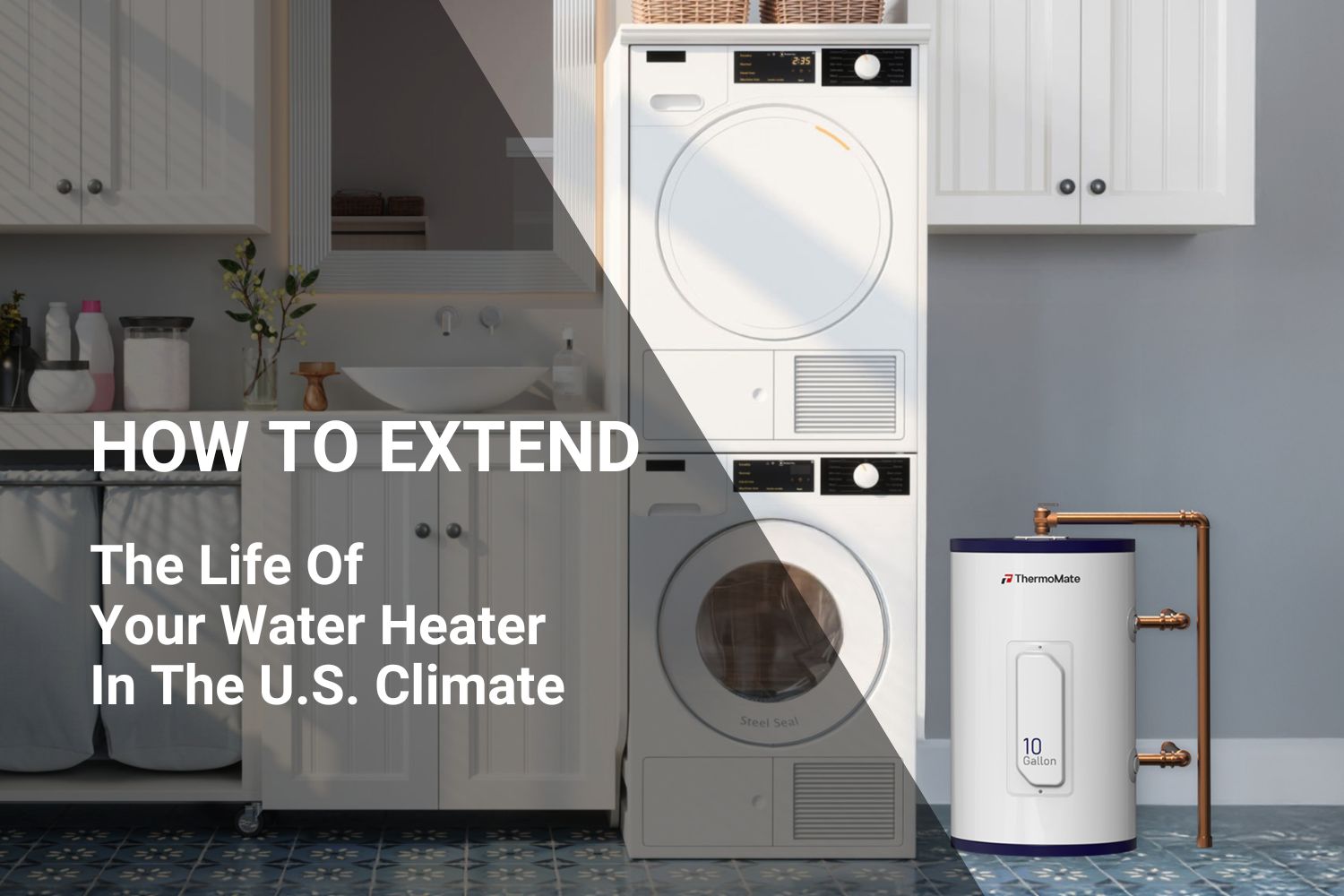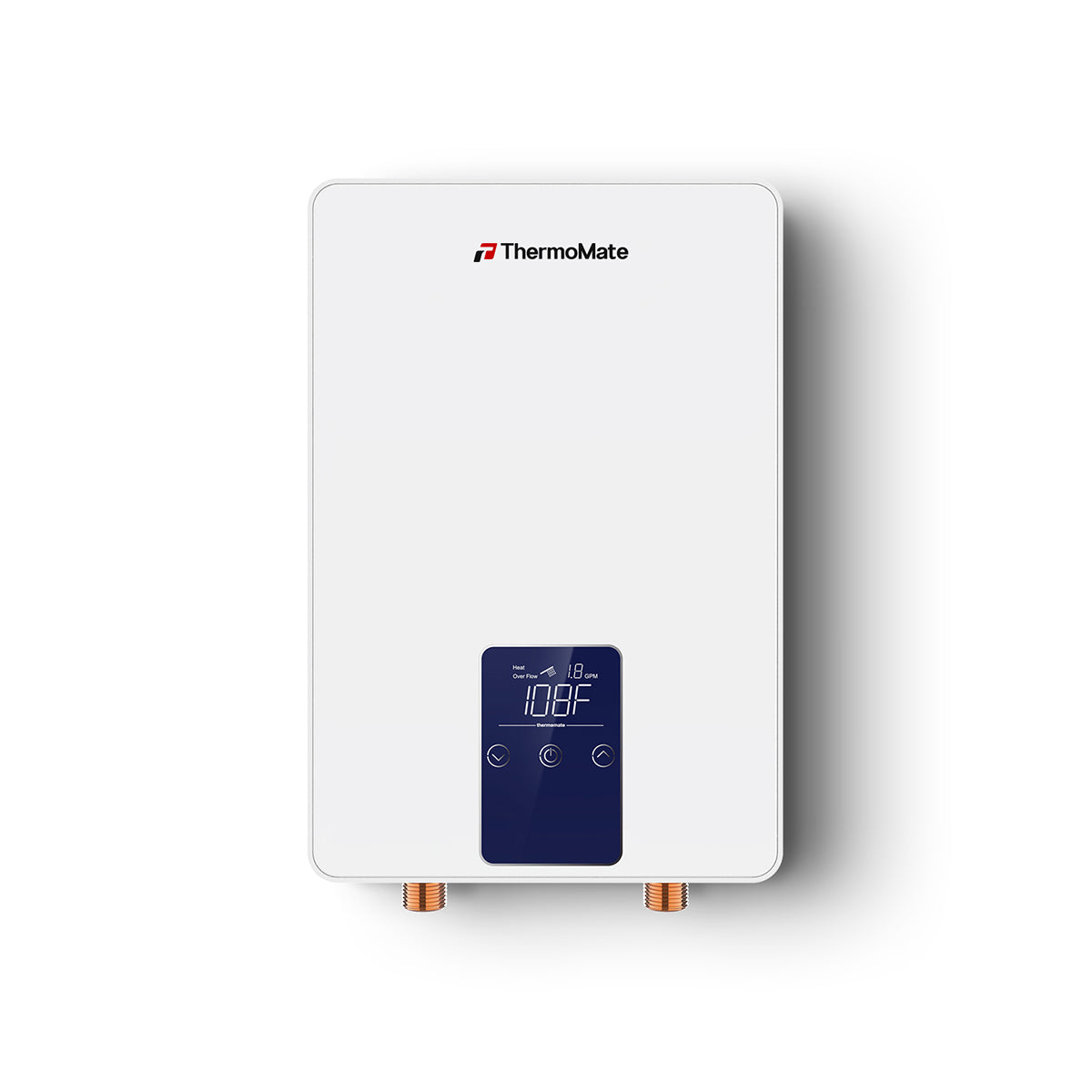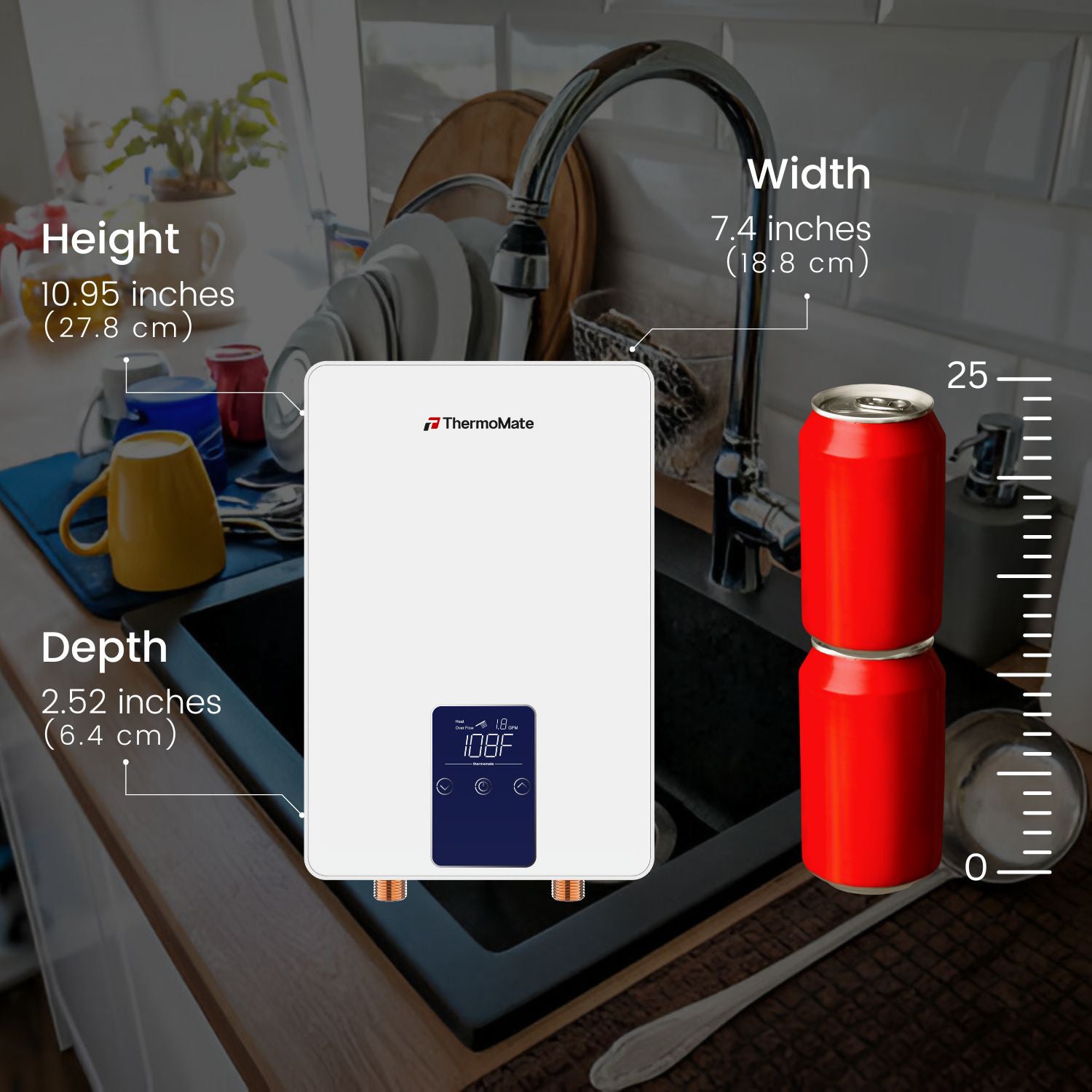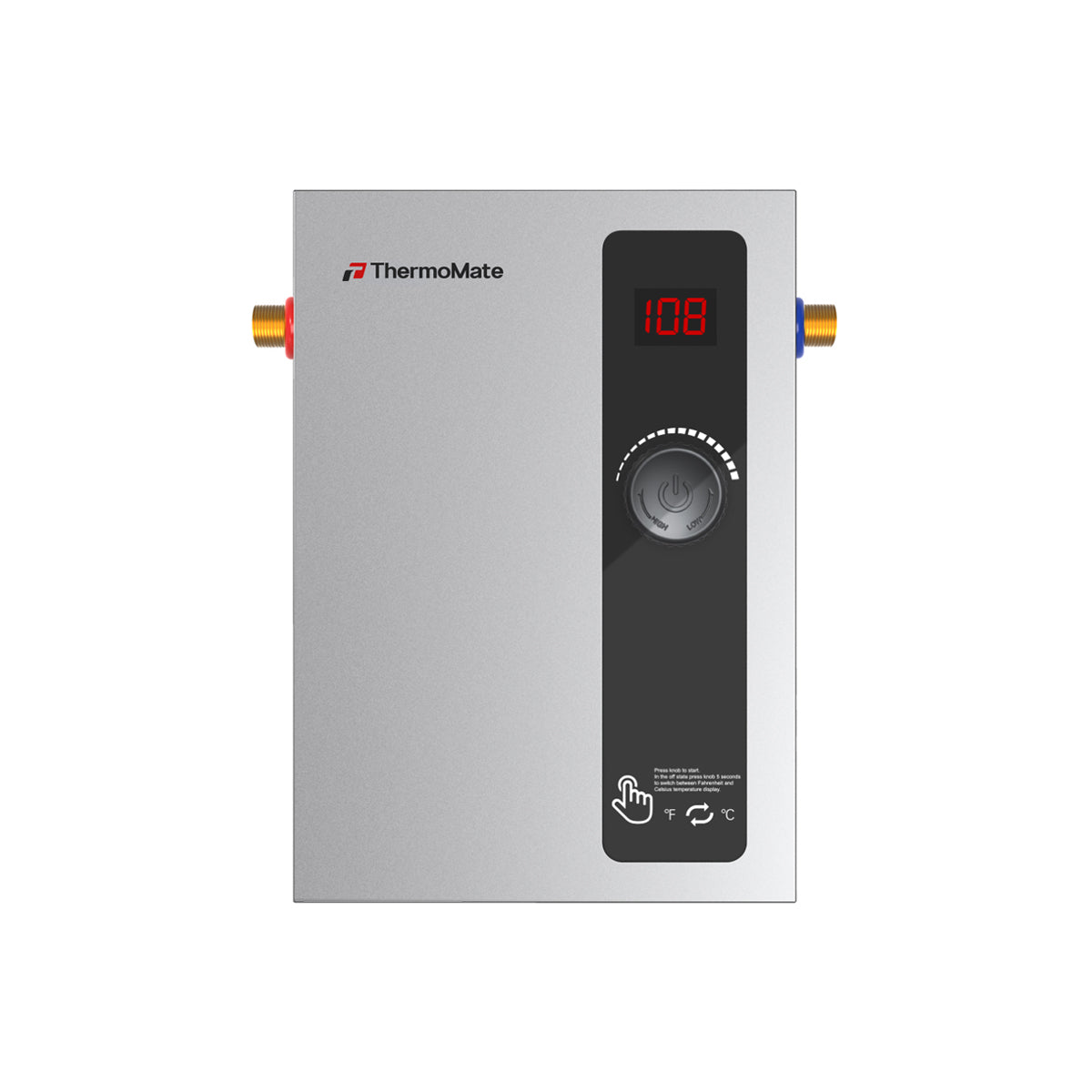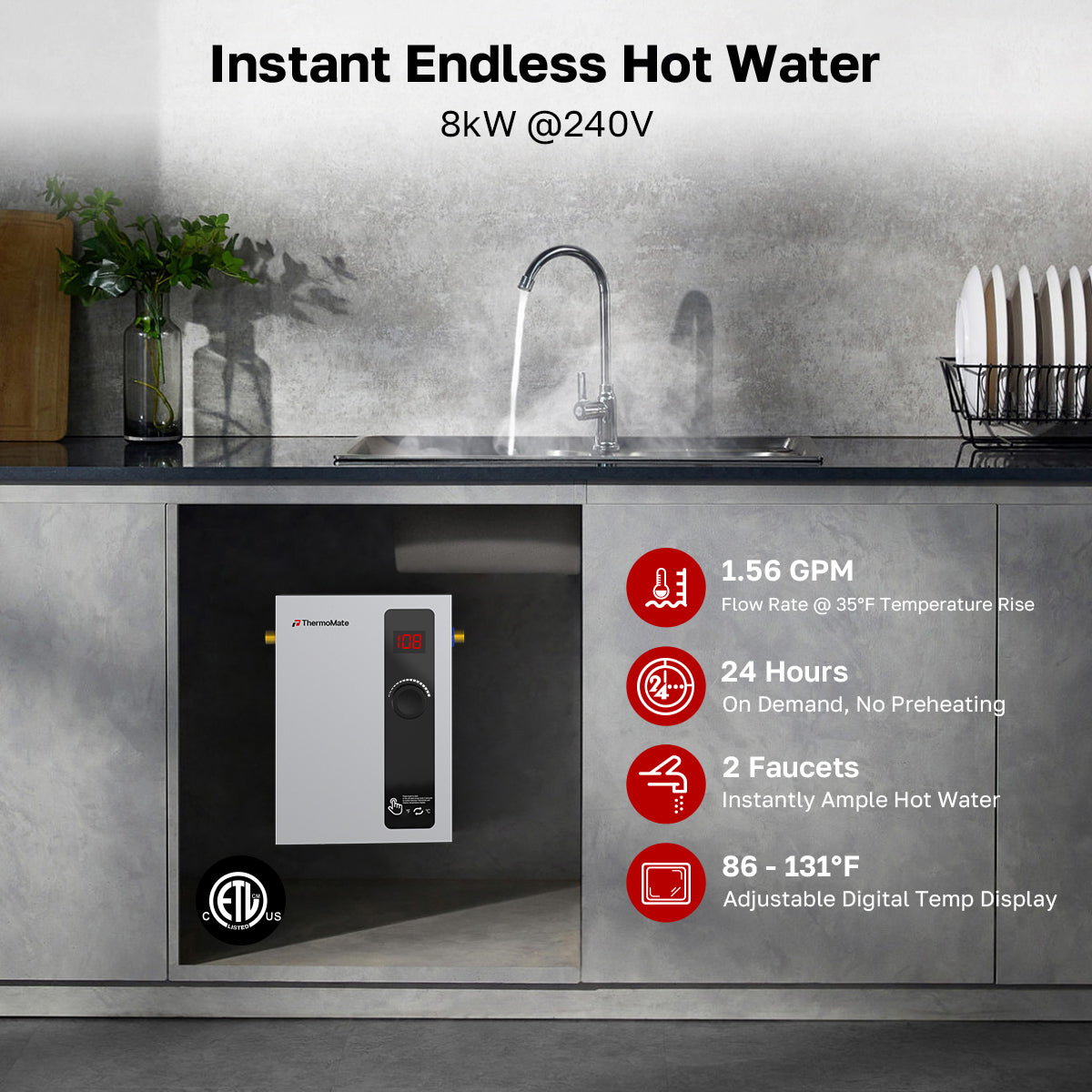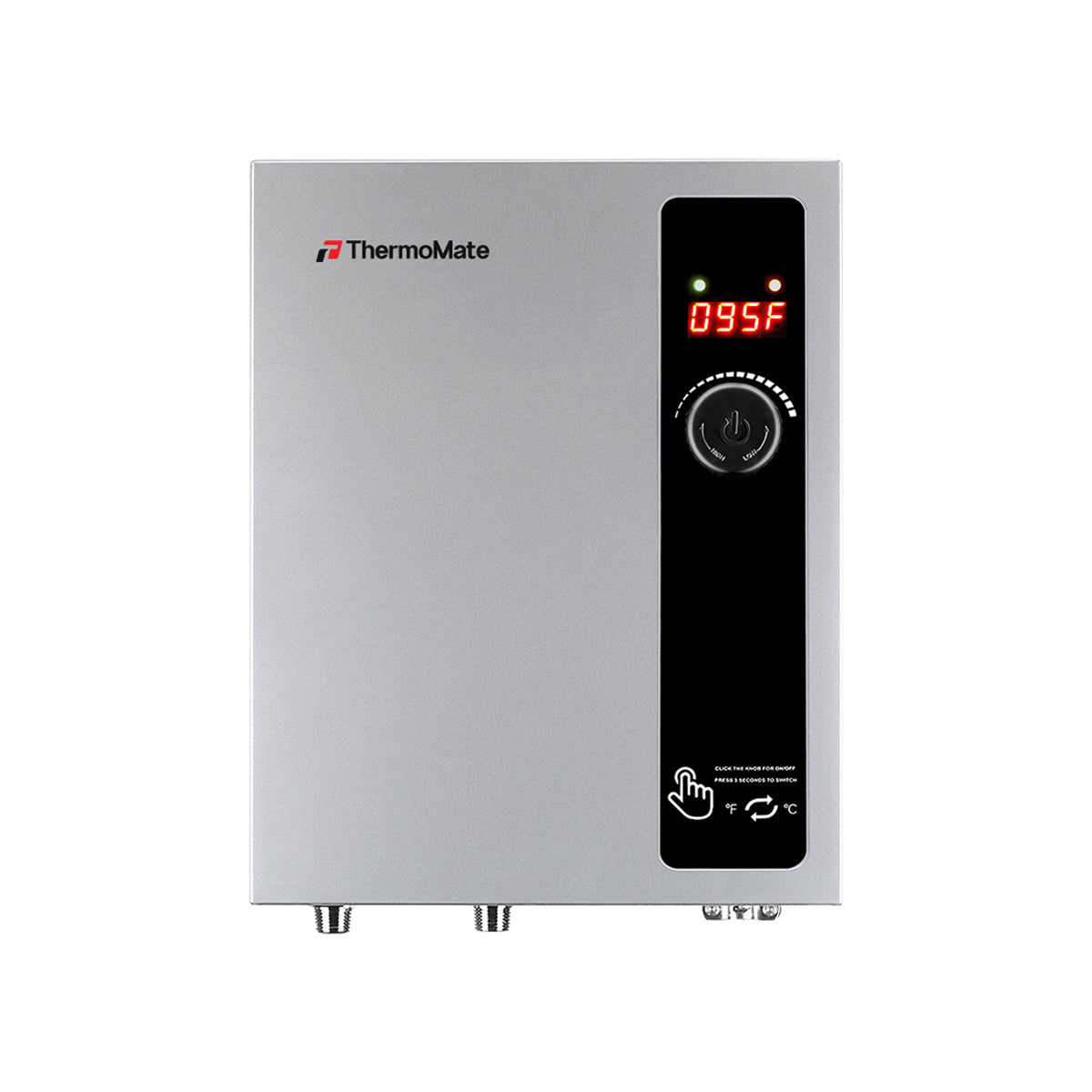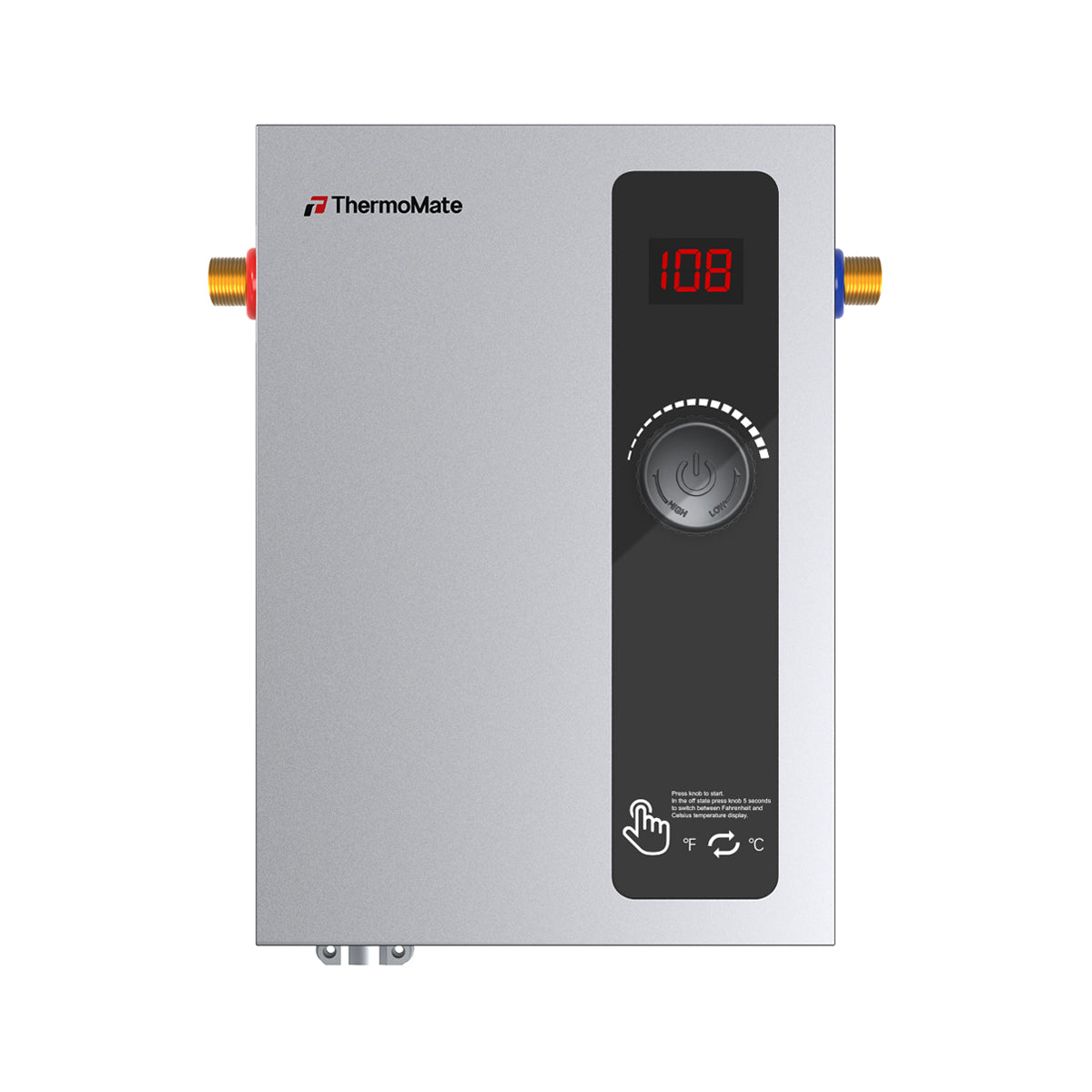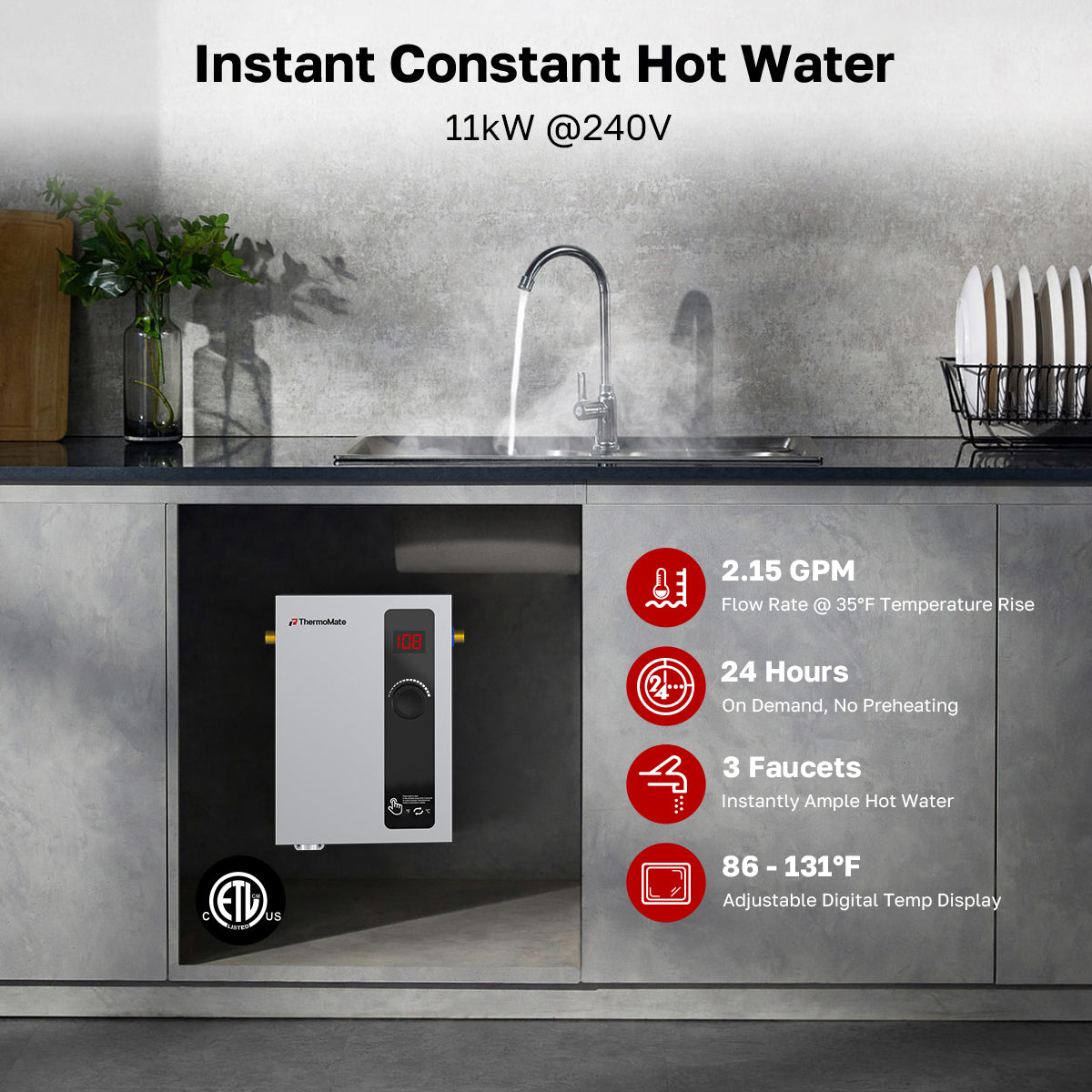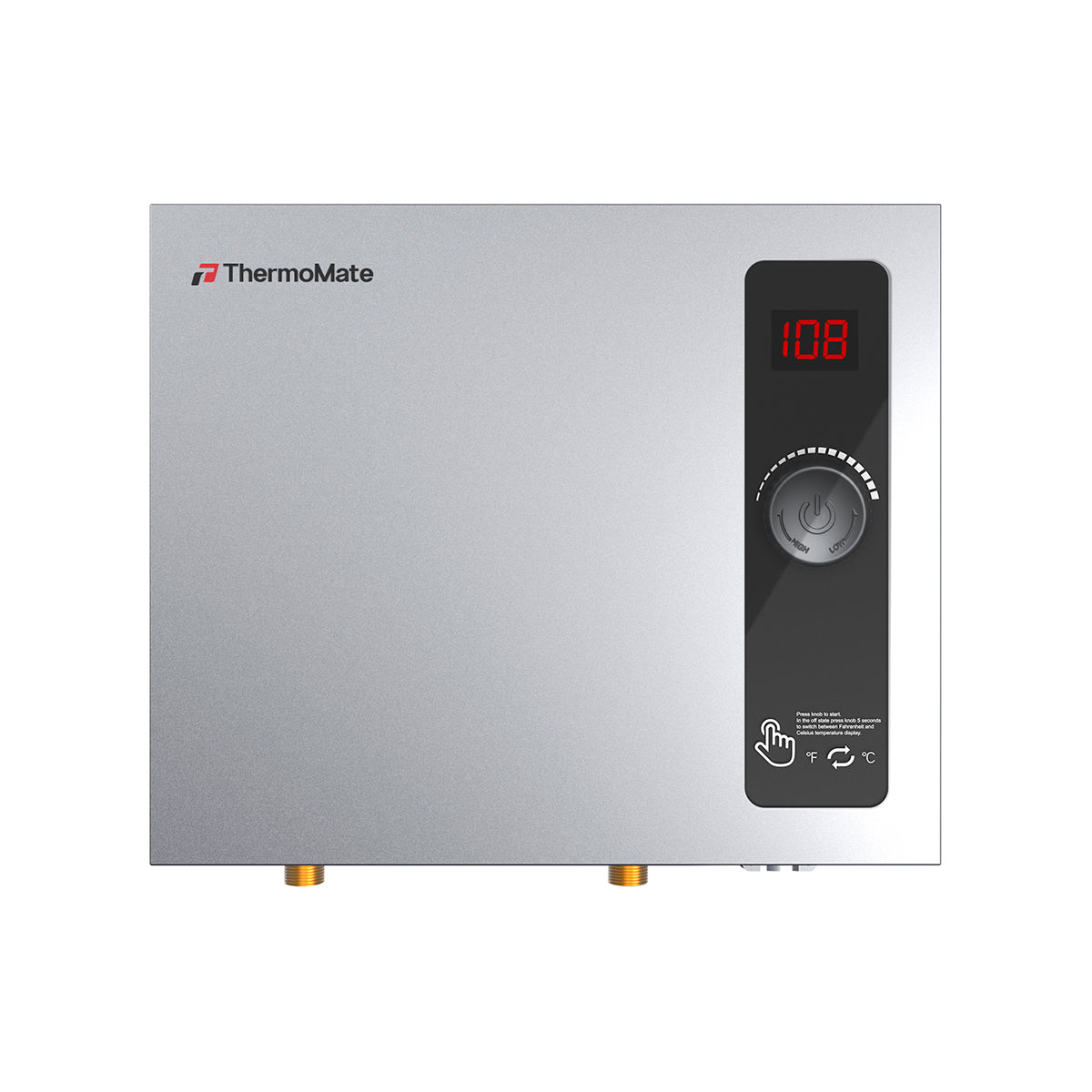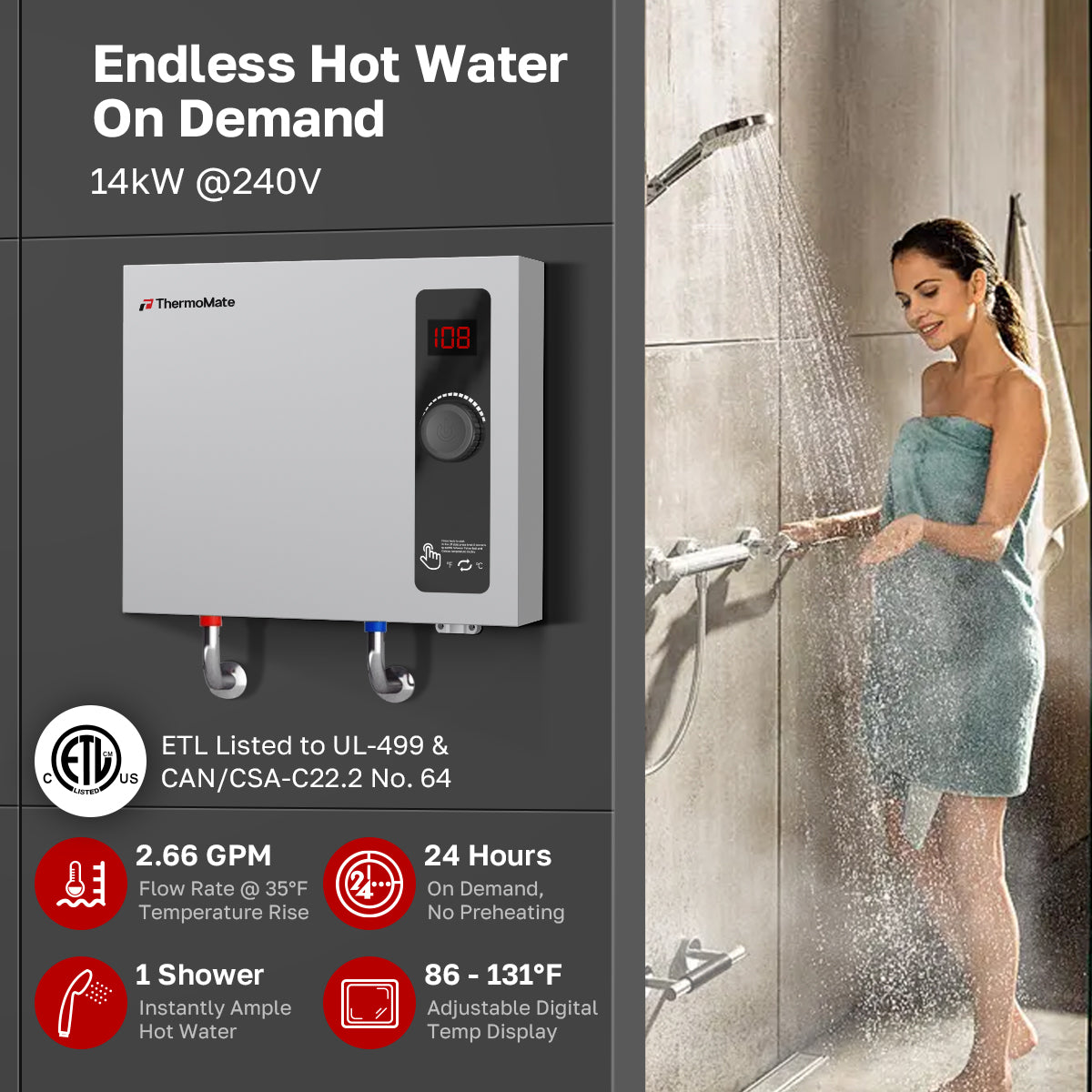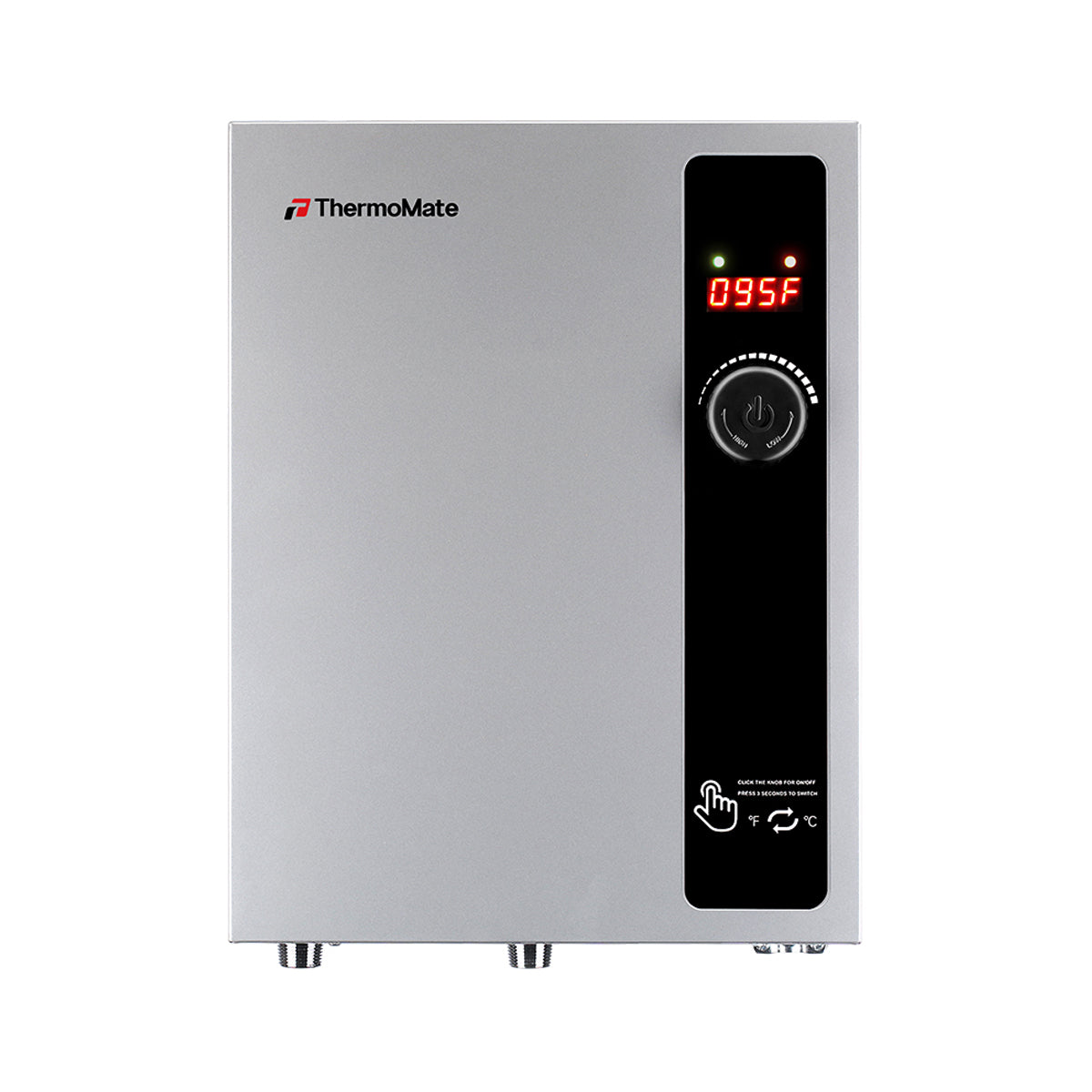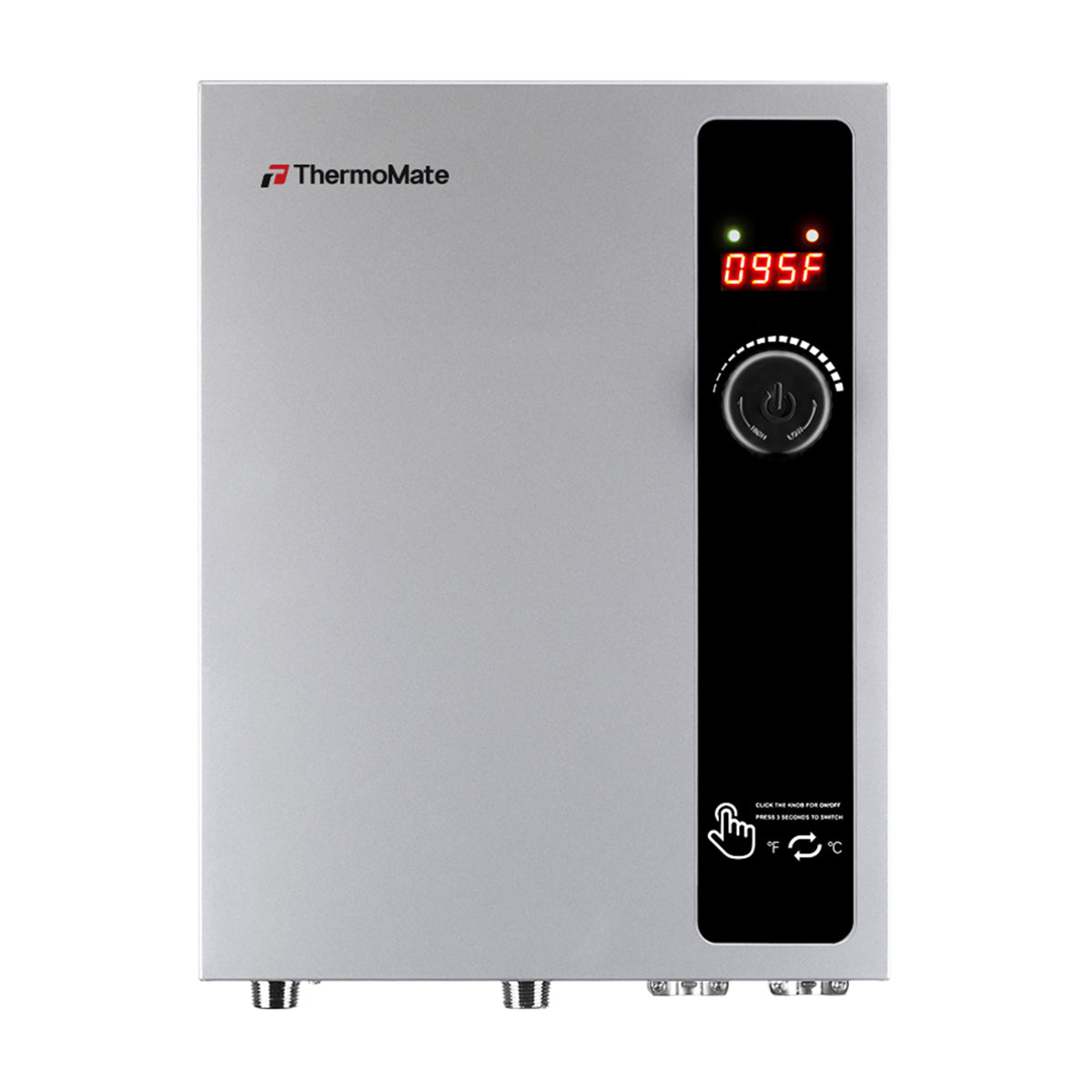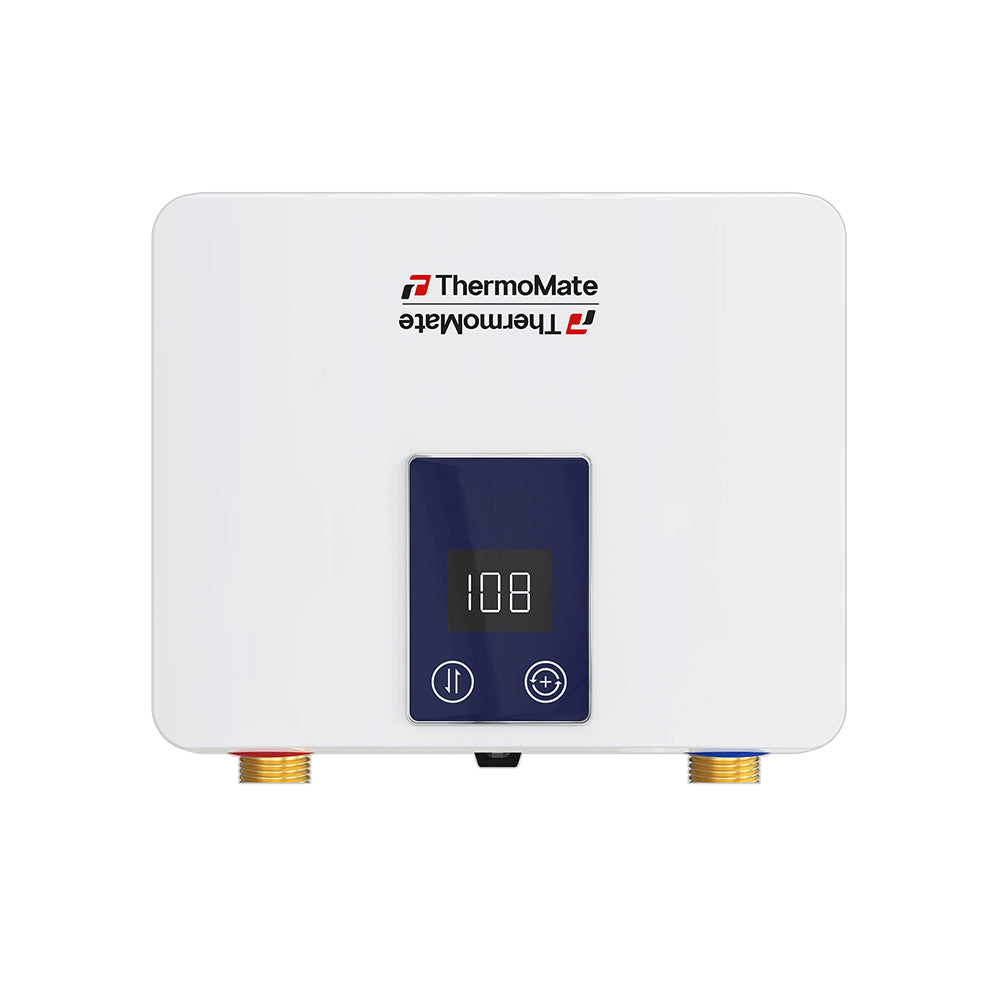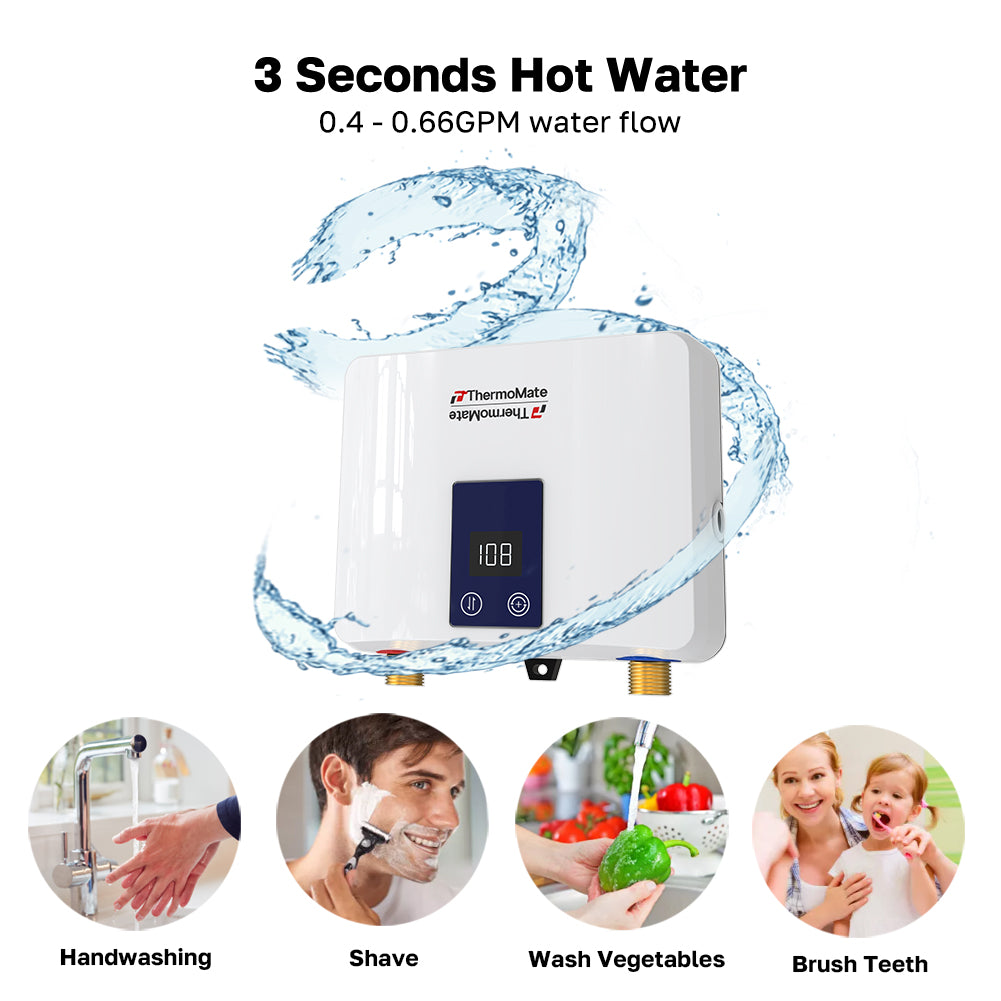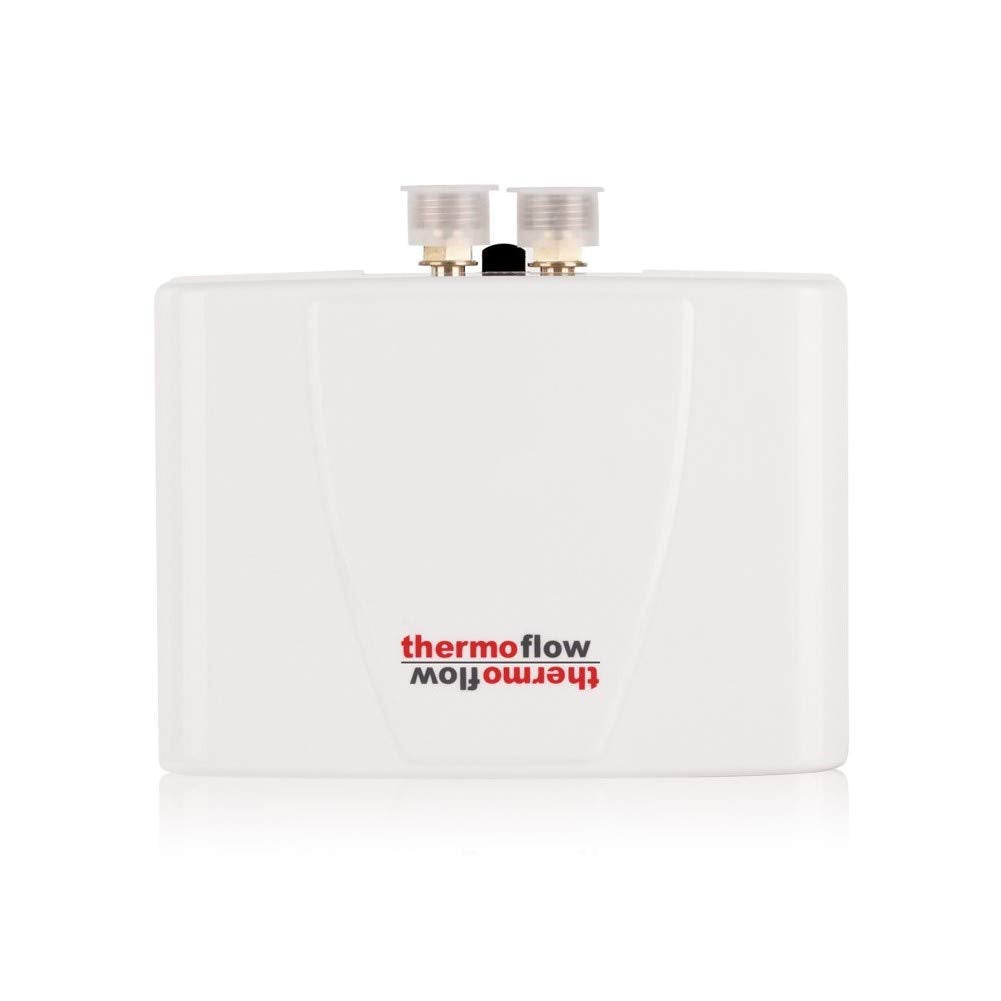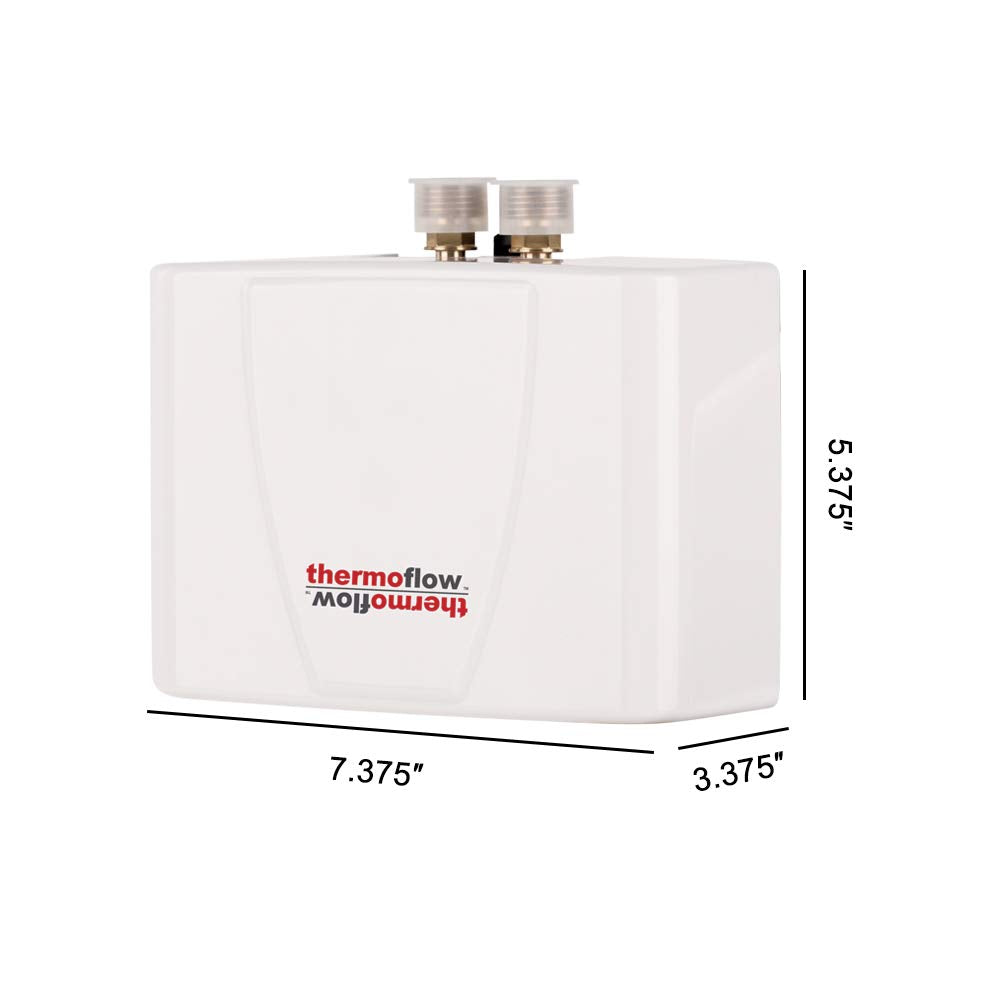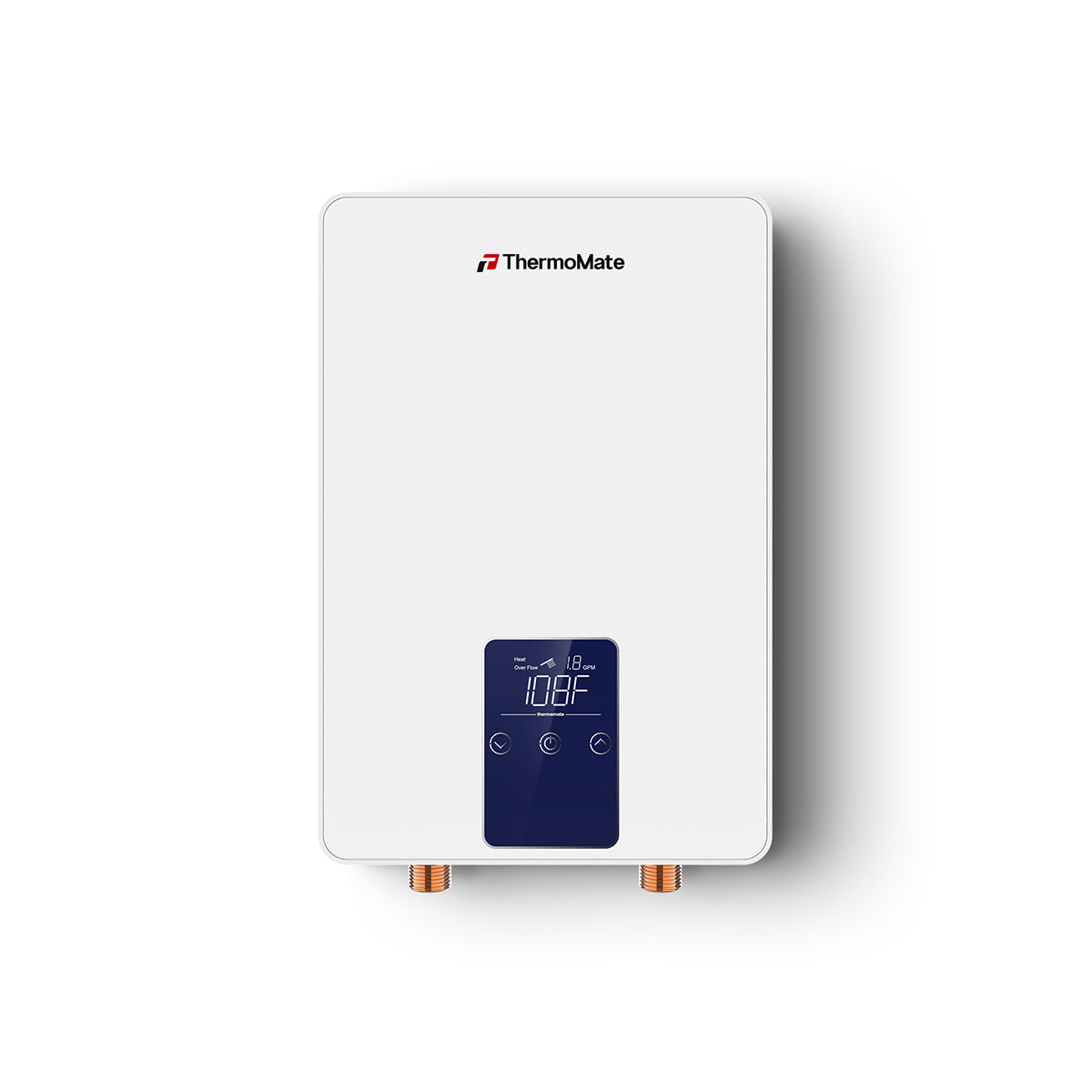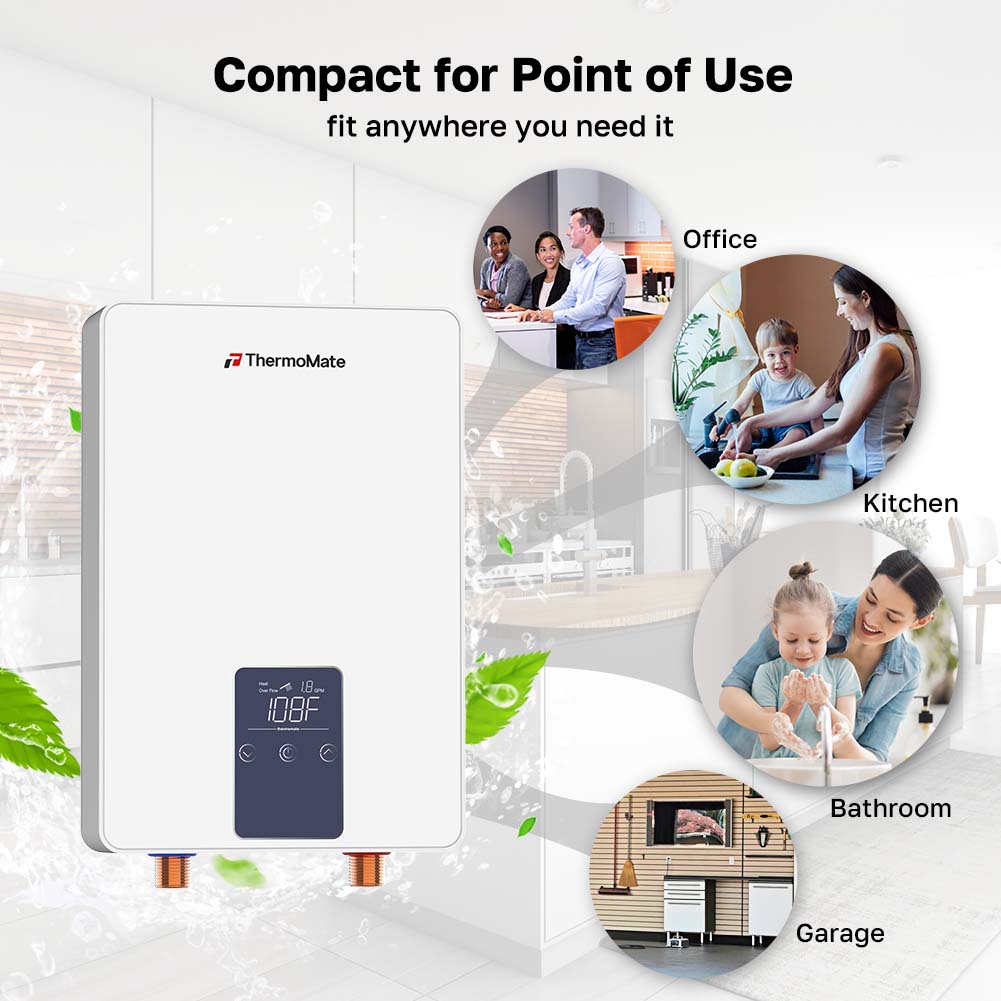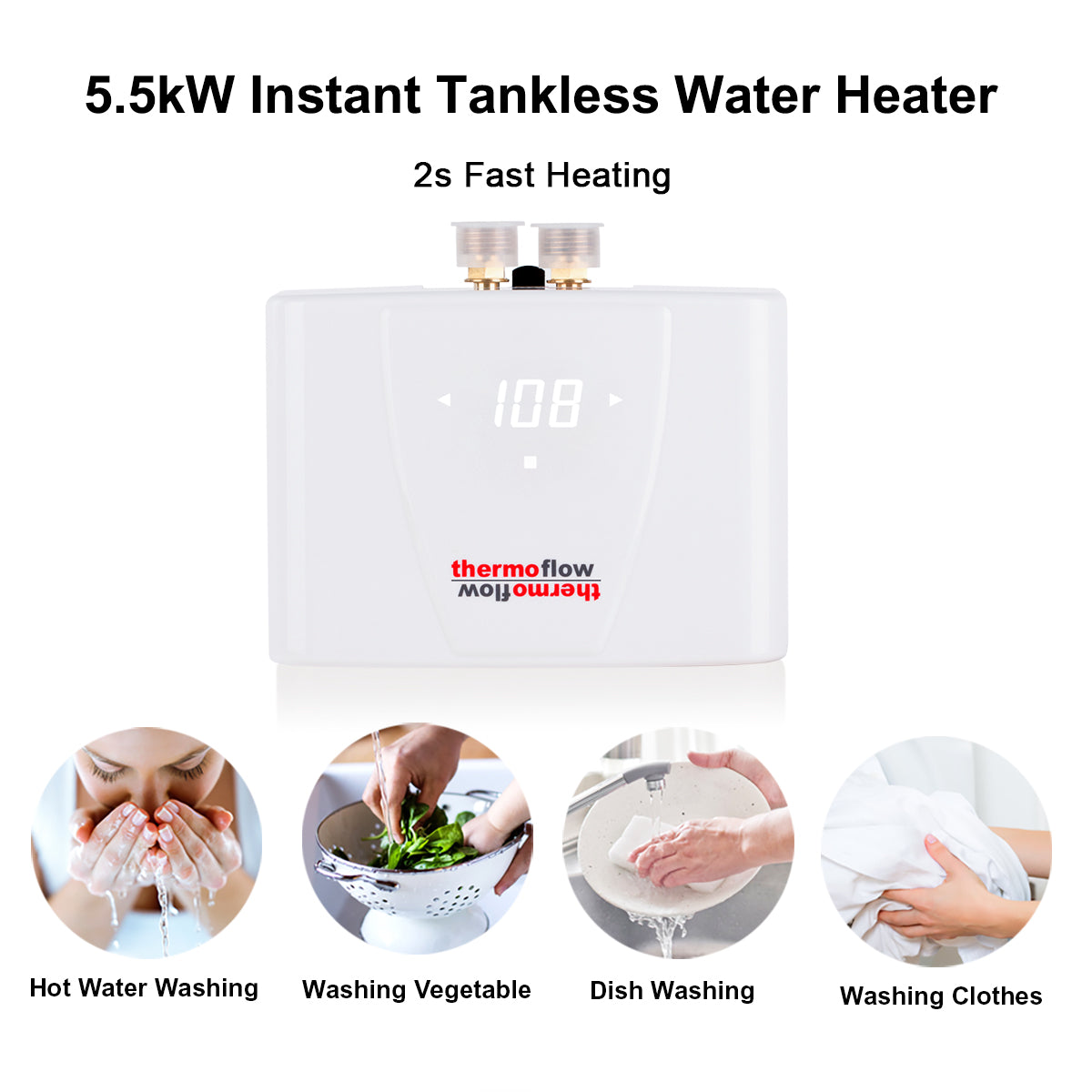How to Extend the Life of Your Water Heater in the U.S. Climate
For most American households, a water heater is an essential appliance, quietly working behind the scenes to provide hot water for showers, dishes, laundry, and more. But without regular care, even the best water heater can wear out sooner than expected. Fortunately, with the right maintenance habits—especially in the diverse U.S. climate—you can significantly extend the life of your ThermoMate storage water heater and maximize its performance and efficiency.
Here’s how:
Flush the Tank Regularly
Sediment buildup from hard water is one of the most common reasons for early water heater failure. Over time, minerals like calcium and magnesium settle at the bottom of the tank, reducing efficiency and causing corrosion.
Recommendation:
Flush your ThermoMate storage water heater at least once a year—especially in areas with hard water like Texas, Arizona, or parts of the Midwest. If you’re using a 10-gallon or 18-gallon unit, the process is simple and can help prevent costly repairs.
Check the Anode Rod
The anode rod is a sacrificial component that attracts corrosive elements in the water, protecting the tank’s inner lining from rust. If this rod corrodes completely, your tank becomes vulnerable.
Tip:
Inspect the anode rod every 2–3 years, or annually in high-humidity regions like Florida or coastal California. Replace it when it's worn down to prolong your heater’s lifespan.
Install a Water Softener in Hard Water Areas
If you're located in areas with notoriously hard water—like parts of Nevada or Utah—your heater is at a greater risk of mineral buildup.
Solution:
A water softener system reduces the mineral content, protecting both your water heater and your plumbing system overall. This helps reduce wear on components and maintains energy efficiency.
Keep the Temperature Set Right
Setting your water heater too high not only increases your energy bills but also accelerates wear on the tank and components.
Best Practice:
Maintain a temperature setting around 120°F (49°C). It’s hot enough for daily use but won’t overwork your heater or increase the risk of scalding.
Insulate Your Heater in Cold Regions
In colder northern climates (like Minnesota or upstate New York), your water heater may need to work harder during the winter months. Insulation helps reduce standby heat loss.
Quick Fix:
Add an insulation blanket around the tank and insulate the first few feet of hot and cold water pipes. This helps reduce energy use and strain on the unit.
Inspect for Leaks and Corrosion
Regular visual checks are vital. Look for moisture, rust spots, or drips around the base of the tank or pipe connections.
Action Step:
If you notice any unusual signs, it’s best to act early. Timely intervention can often resolve issues before they lead to a full breakdown.
Schedule Professional Maintenance
Even with DIY care, scheduling an annual professional inspection is a smart investment. A licensed technician can identify hidden issues and ensure your ThermoMate water heater is operating safely and efficiently.
Final Thoughts
Whether you live in the dry Southwest or the humid Southeast, taking a proactive approach to water heater maintenance can add years to its service life. ThermoMate storage water heaters are built to last, but with the above steps, you can ensure they deliver reliable hot water for many years to come.
Need a replacement or an upgrade?
Explore our compact and efficient 10-gallon and 18-gallon storage electric water heaters, designed for both residential and commercial use in the U.S.

